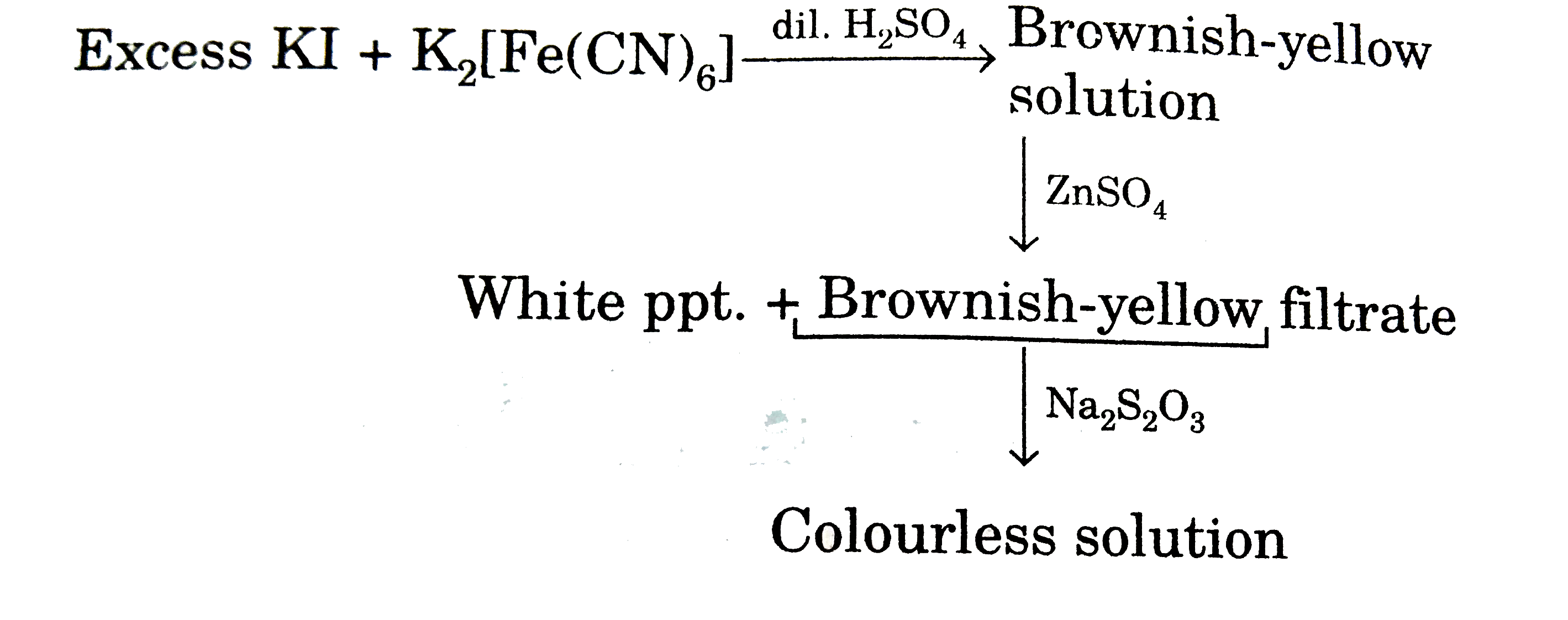For the spontaniety of a reaction , which is true-
ΔG=+ve,ΔH=+ve
ΔH=+ve,ΔS=−ve
ΔG=+ve,ΔH=−ve
ΔH=−ve,ΔS=+ve
The correct Answer is:D
To determine the spontaneity of a reaction, we can use the Gibbs free energy equation:
1. Understand the Gibbs Free Energy Equation:
The equation that relates Gibbs free energy (ΔG), enthalpy (ΔH), and entropy (ΔS) is given by:
ΔG=ΔH−TΔS
where T is the temperature in Kelvin.
2. Identify Conditions for Spontaneity:
For a reaction to be spontaneous, the change in Gibbs free energy (ΔG) must be negative:
ΔG<0
3. Analyze the Equation:
From the equation, we can see that:
- If ΔH is negative (exothermic reaction) and ΔS is positive (increase in disorder), then:
ΔG=ΔH−TΔS<0
This means that both conditions lead to a negative ΔG, indicating spontaneity.
4. Evaluate Possible Options:
According to the problem, we need to find which option states that ΔH is negative and ΔS is positive. The options given are:
- Only the 3rd and 4th options mention ΔH as negative.
- Among these, only the 4th option states ΔS as positive.
5. Conclusion:
Therefore, the correct option that satisfies the conditions for spontaneity (ΔH negative and ΔS positive) is option 4.
Final Answer:
The correct statement for the spontaneity of a reaction is that ΔH is negative and ΔS is positive, making ΔG negative.
---
The equation that relates Gibbs free energy (ΔG), enthalpy (ΔH), and entropy (ΔS) is given by:
ΔG=ΔH−TΔS
where T is the temperature in Kelvin.
For a reaction to be spontaneous, the change in Gibbs free energy (ΔG) must be negative:
ΔG<0
From the equation, we can see that:
- If ΔH is negative (exothermic reaction) and ΔS is positive (increase in disorder), then:
ΔG=ΔH−TΔS<0
This means that both conditions lead to a negative ΔG, indicating spontaneity.
According to the problem, we need to find which option states that ΔH is negative and ΔS is positive. The options given are:
- Only the 3rd and 4th options mention ΔH as negative.
- Among these, only the 4th option states ΔS as positive.
Therefore, the correct option that satisfies the conditions for spontaneity (ΔH negative and ΔS positive) is option 4.
The correct statement for the spontaneity of a reaction is that ΔH is negative and ΔS is positive, making ΔG negative.
Topper's Solved these Questions
- THERMODYNAMICSBOOK - MOTIONCHAPTER - THERMODYNAMICSEXERCISE - EXERCISE - 2 (LEVEL-I)
26 Videos
- THERMODYNAMICSBOOK - MOTIONCHAPTER - THERMODYNAMICSEXERCISE - EXERCISE - 2 (LEVEL-II)
6 Videos
- THERMODYNAMICSBOOK - MOTIONCHAPTER - THERMODYNAMICSEXERCISE - EXERCISE - 4 (LEVEL - II)
19 Videos
- THERMOCHEMISTRY BOOK - MOTIONCHAPTER - THERMOCHEMISTRY EXERCISE - Exercise - 4 Level-II
8 Videos
Similar Questions
Knowledge Check
For an exothermic reaction, which is true
AΔSsys>0BΔSsurr>0CΔStotal>0DNone of theseFor zero order reaction which is true?
AThe rate constant is dimensionless.BAmount of reactant remain same throughout.Ct1/2∝ initial concentration of reactant.DA plot of concentration of reactant vs time is a straight line with slope equal to K.Which of the following is always true regarding the spontaneity of reaction occuring in a galvanic cell?
AE0cell>0,ΔG0<0andQ>KcBE0cell<0,ΔG0<0andQ<KcCE0cell>0,ΔG0>0andQ>KcDE0cell>0,ΔG0<0andQ<Kc
For the Cannizzaro reaction in which of the following statements is true regarding order and molecularity of the reaction ?
View SolutionFor the Cannizzaro reaction in which of the statement is true regarding order and molecularity of the reaction ?
View SolutionFor the given aqueous reactions, which of the statement(s) is (are) true ?

View SolutionFor the given aqueous reactions, which of the statement(s) is/are true?

View SolutionFor the given aqueous reaction, which of the statement(s) is (are) true ?

View Solution

